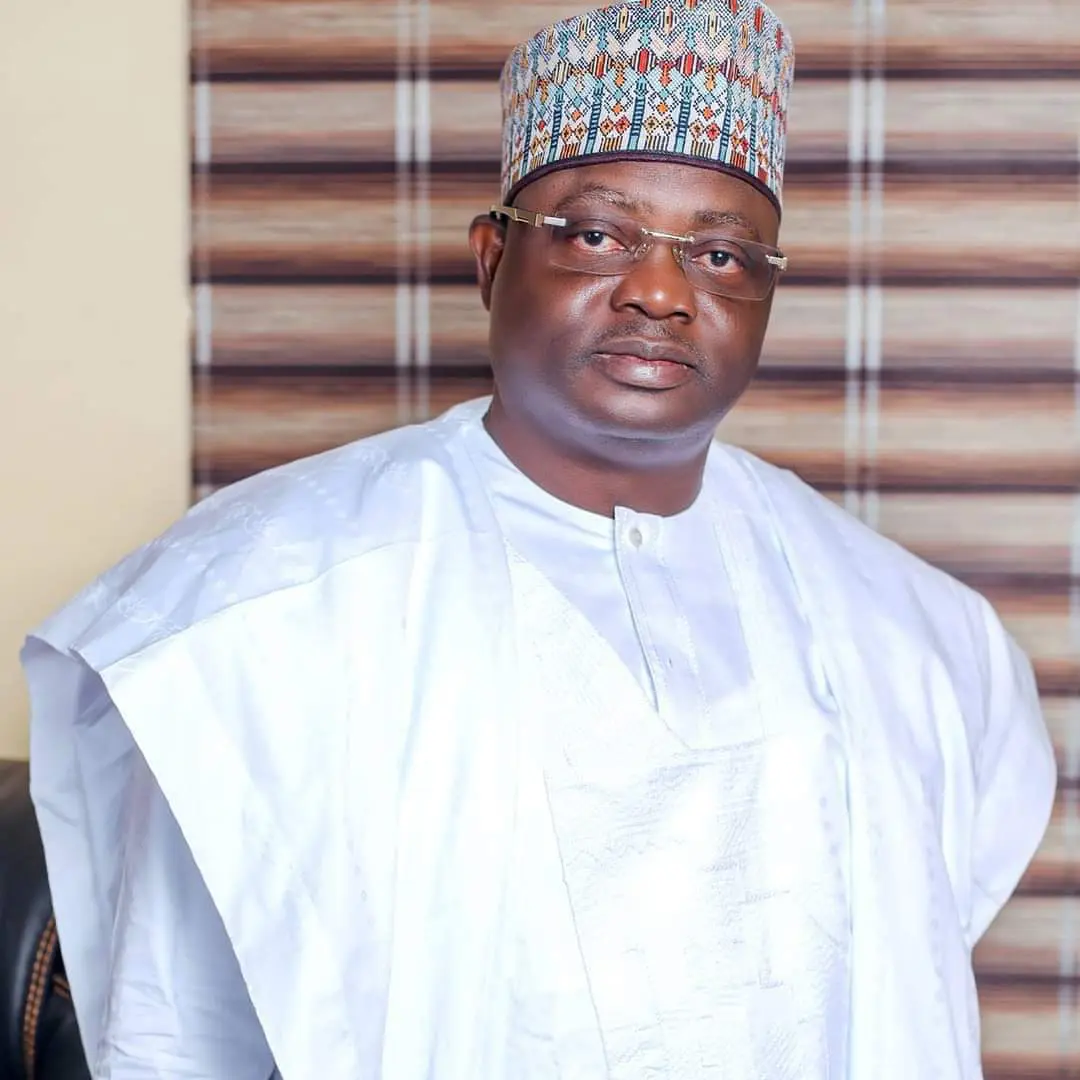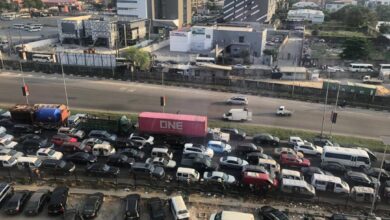
Following the Nigeria Hydrological Services Agency (NIHSA) announcement to states contiguous to the River Benue system to put up measures to avoid negative impacts of the release of excess water from the Lagdo Dam, Cameroon, the Director General of the National Orientation Agency (NOA), Mallam Lanre Issa-Onilu, has directed the Agency’s Community Orientation Officers to immediately commence a massive sensitisation campaign in communities likely to be affected.
According to a statement by the NOA Deputy Director of Press, Paul Odenyi, recognising the urgency, the Director General instructed state directorates, particularly in the eleven frontline states, to begin ward-to-ward campaigns in all local governments identified as at risk.
He said “We will not wait for the floods to deliver the message to our people. They must have all the information needed to make informed decisions, as we have been given this alert from our neighboring country. What happened two years ago and in 2012 should serve as a lesson to us all.”
“I have instructed our community officers to start ward-to-ward sensitization today in all at-risk communities. The message must be clear, providing safety measures, emergency contacts, floodplain maps, and possible impact points. Coastal communities should be evacuated immediately, while emergency food banks and medical facilities must be established as these communities relocate.
We must also ensure that children are enrolled in safer schools without facing any disadvantage.”
Paul Odenyi noted that the affected states include: Kogi, Nasarawa, Adamawa, Taraba, Benue, Anambra, Bayelsa, and Delta.
He added that the Director General also appealed to state and local governments to take NIHSA’s warning seriously and implement measures to mitigate risks to communities along flood-prone areas. He called for technical support from stakeholders and government institutions with expert knowledge to ensure that “not a single person is displaced or falls victim to the potential floods.” Paul wrote.









